Acquiring a new customer in today's competitive market is a triumph, but ensuring they believe choosing your brand was their best decision is the real victory. In SaaS or product-led growth businesses, customers often explore your product independently, leaving minimal interaction.
Bridging the gap between potential and paying customers hinges on understanding their expectations and educating them about your product. But how do you achieve this seamless transition?
This is where a well-designed customer onboarding survey comes in. With a well-crafted onboarding survey, you can guide your customers at every step, ensuring they get the most out of your product and leave positive product feedback.
In this blog, we'll dive into the world of customer onboarding surveys, uncovering their substantial value while exploring survey questions, practical examples, and some best practices. Let's get started!
TL;DR
-
Customer onboarding surveys serve as invaluable tools in shaping exceptional user experiences. They help in understanding customer expectations and enhance the customer journey by gathering feedback and deciphering the intricacies of customer satisfaction, pinpointing areas for improvement, and solidifying long-term customer relationships.
-
Customer onboarding questions can be framed to gather general information, purchase intent, refine product experience, frame marketing strategies, enhance onboarding communication and more.
-
Companies like Slack, Trello, and Hubspot are some customer onboarding examples that not only welcome new users but immerse them seamlessly into their products or services.
-
Capturing holistic data, timing the survey strategically, and leveraging multiple feedback survey distribution channels are some of the best practices to optimize your onboarding strategy and craft a seamless customer experience.
-
Zonka Feedback is the most popular survey tool that you can utilize to create customer onboarding surveys tailored to your specific needs, share them with your target audience, analyze results to get actionable insights and take action to close the feedback loop. Schedule a demo to enhance the onboarding journey of your customers!
Fuel Business Growth with Customer Feedback 🔥
Collect real-time, in-moment feedback at all touchpoints in customer journey and leverage feedback insights to transform customer experience.

What are Customer Onboarding Surveys?
A customer onboarding survey is used by businesses to gather customer feedback and insights as they go through the onboarding process. It helps companies understand the customer experience, identify areas for improvement, and address any issues early on. They are helpful after customers sign up and shortly after they start using your product.
The customer onboarding process comprises strategically planned stages designed by companies to seamlessly transition customers from their initial interaction to becoming proficient, satisfied users of the product or service. These stages include:
- Introduction & Expectations: Includes initial contact, setting expectations, and introducing the product/service.
- Orientation & Training: Includes guiding customers on effective product/service use.
- Usage & Adoption: Includes customers complete training and apply it to start using the product/service.
- Monitoring & Support: Includes tracking usage and offering ongoing help if needed.
- Feedback Gathering: Includes collecting customer input via surveys or interviews.
- Optimization: Including making improvements based on gathered feedback.
- Long-Term Customer Engagement: Maintaining positive relationships and encouraging loyalty post-onboarding.
Why Use a Customer Onboarding Survey?
A positive customer onboarding leads shape positive first impressions and sets the tone for the ongoing relationship. If you are still wondering why is customer onboarding important and the role customer onboarding surveys have in it, here's why they're crucial.
-
Offer Personalized Experience: Segmenting customers based on objectives, demographics, and needs helps to group customers and offer a more personalized customer experience through training and content. Personalization boosts satisfaction and increases loyal customers.
-
Increase Product Adoption: By using customer onboarding surveys, you can identify barriers to product adoption, provide targeted support and guidance with customer preferences for higher adoption rates and eventually close the product feedback loop.
-
Frictionless Experience: With customer onboarding surveys, you can identify friction points and address customer onboarding process issues like intrusive pop-ups or confusing UI, reducing churn and promoting positive word-of-mouth referrals.
-
Streamline Onboarding: Through customer onboarding surveys, you can improve future onboarding by acting on current feedback from new customers and identifying areas needing additional support for a positive first interaction.
-
Build Brand Loyalty: Customer onboarding surveys create brand loyalty by tailoring experiences to individual needs, showing care and commitment to addressing concerns, and facilitating a lasting emotional connection.
Customer Onboarding Survey Questions and Their Importance
To create a positive customer onboarding experience, it's important to consider various aspects of the process. Gathering feedback about each aspect and taking action based on the feedback can help improve the overall customer experience. If you want to gauge the effectiveness of your customer onboarding process, here's a customer onboarding satisfaction survey template you can check out.
Let us now look at some customer onboarding survey questions to ensure seamless customer onboarding to evaluate different aspects.
1. General Customer Information for Onboarding New Customers
General customer information in an onboarding survey provides essential data about the customer that can be used to tailor their experience and improve net promoter score for your business. It also creates a sense of familiarity with your customer base and helps you anticipate their needs and offer relevant solutions.
Here are some general onboarding survey questions that you can include in your survey.
- What is your position at the company?
- Which industry do you work in?
- What is the name of your company or organization?
- How did you hear about our product/service?
2. Customer Onboarding Survey Questions on Purchase Intent
Purchase intent questions aim to understand the primary motive behind purchasing the product. These questions can help you understand your customer's level of interest and intention to buy, which is essential for planning and optimizing their sales and marketing efforts. Include these market research questions to understand your customer's purchase intent.
- What other apps did you evaluate before choosing this product?
- Which features compelled you to sign up for our product/service?
- What specific goals do you hope to achieve by using our product/service?
- What made you choose our product over similar products?
3. Customer Onboarding Survey Questions to Get Project-Specific Information
Project-specific questions can help you define the project's scope and ensure that you understand the customer's goals and requirements. It can also help you identify potential risks or challenges that may arise during the project and develop strategies to mitigate them, thereby avoiding project delays, cost overruns, or customer dissatisfaction.
Include these project-specific questions to understand your customer needs better.
- What are the potential risks or challenges that you anticipate for this project?
- How will we measure the success of this project or engagement?
- What outcome do you want to achieve with our app/service?
- Is there anything else we should know about the project to ensure its success?
4. Product-Related Questions for Customer Onboarding
Product-specific questions in an onboarding survey help you understand how customers use your product, what features or functions are most valuable, and what areas can be improved. This information can be used to get and optimize product feature requests, measure customer satisfaction, and ultimately drive business growth.
Here are some product-specific questions to include in your onboarding survey.
- How useful is the product to you on a scale of 1-10?
- Have you experienced any issues when getting started with the product?
- Do you find our product easy to use?
- What feature did you expect in the product but did not find?
- What do you dislike about our product?
- What do you like about our product?
5. Customer Onboarding Feedback for Marketing Information
Obtaining marketing information can help you attribute your sales or conversions to specific marketing channels or campaigns and allocate resources accordingly. By understanding what customers respond to best, you can create more targeted and effective campaigns that are more likely to drive conversions.
Here are some questions to help you gauge the same.
- What are your company's goals and vision?
- Who are your main competitors?
- Who is your target audience?
- Did any specific marketing campaigns or promotions influence your decision to make a purchase? If so, which ones?
- Did you find our marketing materials (e.g., website, social media pages, brochures) helpful in understanding our product/service?
6. Customer Onboarding Question for Customer Satisfaction
Understanding, if your customers are satisfied with your product, should be your top priority. Whether you want your customers to stick for long or identify performance-related customer satisfaction metrics for a better customer experience, your focus should be on smooth customer experience, even during onboarding.
Here are some customer satisfaction questions to include in your onboarding survey.
- Did the onboarding process meet your expectations?
- Would you recommend our company to others based on your onboarding experience?
- How would you rate our signup process?
- How could we improve our signup process?
- What can we improve in our onboarding flow?
- Is there anything critical to your success that wasn't covered during our onboarding process?
7. Customer Onboarding Feedback Question on Onboarding Communication
A smooth onboarding communication like onboarding video helps understand how customers prefer to be communicated with during the onboarding process. This information can be used to identify gaps in the process tailor communication to specific customer needs and preferences, and ensure that customers feel supported throughout the process.
- Was the information provided to you clear and concise?
- Did you feel adequately informed about our product/service after completing the onboarding process?
- Did you feel that the communication you received was personalized to your needs and preferences?
- Were there any areas where communication could be improved during the onboarding process?
8. Onboarding Questions on Clarity of Process
If the customer onboarding process is confusing or unclear, it can lead to frustration and dissatisfaction, impacting customer retention. It might also lead customers to reach out to customer support for assistance. This can increase the workload for the customer support representative and longer wait times for customers.
By improving the clarity of the customer onboarding process, you can improve efficiency and get positive word of mouth and referrals. Include these questions in your customer onboarding survey to gauge the clarity of the onboarding process for customers.
- Did you understand the steps involved in the onboarding process?
- Were the instructions provided easy to follow?
- Was there anything you wanted to be explained more thoroughly during the onboarding process?
- Was there anything that you found particularly helpful during the onboarding process?
- Would you recommend any changes to the onboarding process to make it clearer or more user-friendly?
9. Onboarding Survey Question on Timeframe
Questions related to timeframe can help you identify potential bottlenecks in the customer onboarding process. For example, if customers consistently report that a particular step in the onboarding process takes too long, you can investigate why this step is taking longer than expected and make necessary changes. It will help you understand the customer's perspective and ensure the customer onboarding process is not overly long or time-consuming.
Consider these questions for your onboarding survey to gauge the timeframe of the process.
- How long did it take you to complete the entire onboarding process?
- Was the onboarding process completed within a reasonable timeframe?
- Were there any specific steps or tasks in the onboarding process that took longer than expected?
- Did you receive the necessary information and resources promptly during the onboarding process?
- Were there any delays or gaps in communication that prolonged the onboarding process?
10. Onboarding Survey Question on Customer Support
After the sales team, customer success team, and implementation team's work is done comes the crucial involvement of the customer support teams in guiding new users. Customer support can play a critical role in ensuring a smooth onboarding experience, and any issues or problems with the support team can significantly impact the customer's overall satisfaction with the product or service.
Here are some customer service survey questions to understand how well the customers are assisted in the customer onboarding process.
- Did the support team provide sufficient guidance throughout the onboarding process?
- How easy was it to contact customer support during the onboarding process?
- Were your concerns or questions addressed in a timely manner by the support team?
- How knowledgeable and helpful was the support team in assisting you during the onboarding process
- Was the support team able to resolve any issues or problems you encountered during onboarding?
Customer Onboarding Examples of Leading SaaS Companies
A major reason why the leading SaaS companies are at the top includes their customer onboarding experience. When customers are offered a smooth and hassle-free customer onboarding process, it can lead to higher customer satisfaction and retention rates, ultimately leading to the growth and success of the company.
Let us look at how some of the top SaaS companies have created a successful customer onboarding platform that offers a flawless onboarding experience. One thing common between all the mentioned companies includes a simplified sign-up process followed by a positive experience of onboarding.
a. Slack
Slack's onboarding survey keeps customers engaged as it avoids giving boring linear product tours. With minimal contextual onboarding questions, Slack does not give survey fatigue to its new customers.
The onboarding survey questions in Slack include:
-
Your team's name
-
The purpose for which you would want to use the application
-
Inviting team members to join the application
By asking relevant questions during onboarding, Slack personalizes and segments the customer data to identify the problems they want to solve through its help.
Here is what makes Slack's customer onboarding experience unique for its users:
-
It follows a personalized approach: images change after each step to reflect user inputs.
-
It has an interactive product walkthrough hosted by Slackbot that educates users.
-
It introduces users to features like Threads and Activity through microcopy in empty states instead of long exhaustive tours.
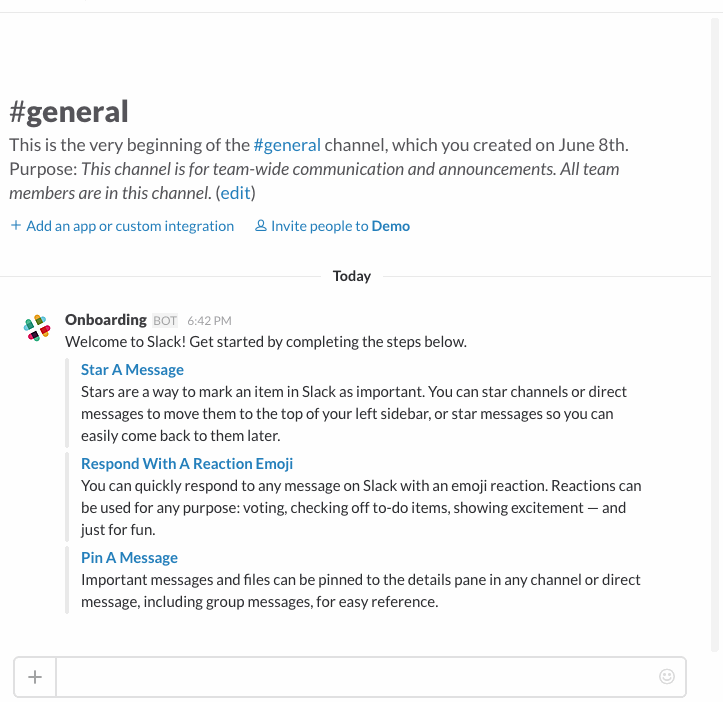
b. Trello
Trello's effective onboarding experience is designed around gamification, using a visual interface that feels like a game that encourage customers to explore and experiment at their own pace.
The onboarding questions that Trello asks in its onboarding program include:
-
Project's name and creating a structure around it to get an idea of what and how the customers want the tasks to be performed
-
Details in the Trello board like title, attaching files, checklists, and so on
By leveraging a persona-based approach, Trello requests its users to self-segment themselves by choosing their use case and customizing their onboarding experience accordingly.
Techniques that Trello uses to give an exclusive customer onboarding experience:
-
A mini video in the beginning to give users a heads-up of what to expect.
-
It leverages content as the tutorial, familiarizing new customers with the interface through every word on the dashboard.
-
It motivates users to try the platform by encouraging them to create a task, complete it, and move it to ‘done' showcasing its core functionality.
c. HubSpot
HubSpot has dedicated onboarding specialists who are a point of contact throughout a new customer's journey. The onboarding specialist arranges a discovery call to learn about the customer's goals, challenges, and requirements.
Based on the information gathered during the discovery call, the onboarding specialist creates a customized onboarding plan tailored to the customer's specific needs and goals. When the customers explore the product while onboarding, HubSpot directly reaches out to them via an email survey.
Striking features of HubSpot's customer onboarding survey:
-
It just has a single question gauging customer satisfaction with an emoji survey.
-
The smiley face emojis immediately establish a connection suggesting the overall sentiment of the customers.
-
A written feedback option is also available to get qualitative feedback on customer's onboarding experience.
d. Asana
Asana's onboarding experience includes interactive tutorials that guide users through the various features and capabilities of the platform. Users are prompted to complete a series of tasks within Asana, such as creating a project or assigning a task, which helps them become familiar with the platform and its functionality.
Strategies that Asana uses to make its customer onboarding experience effective:
-
It promotes collaboration and teamwork, encouraging users to invite team members to join their projects and assign tasks to them.
-
It recognizes the user's email host and adjusts the onboarding flow accordingly, such as using a specific call-to-action to open the user's Gmail inbox.
-
It sends weekly reports summarizing the user's task completion and project status, which encourages users to ramp up their productivity and engage with the platform continually.
Customer Onboarding Feedback Best Practices
Implementing a smooth customer onboarding survey can be a key value driver for your product, as 82% of enterprise organizations swear by it. Gathering accurate and actionable customer feedback requires more than just sending a feedback survey.
Let's look at the best practices that you can include in your customer onboarding strategy to gather maximum response and work on them to offer a seamless customer onboarding experience:
1. Gather Qualitative and Quantitative Onboarding Data
While gathering quantitative data in a customer onboarding survey will give you a clear idea of the success of the onboarding process, identify trends, and determine metrics such as satisfaction rates and completion rates, drop-off points, etc., qualitative data will give rich insights on the customer experience further justifying the trends identified in the quantitative data.
You must use a blend of open-ended survey questions and close-ended questions to capture both types of feedback to collect holistic data.
2. Choose the Right Time to Send the Survey
The best time to send a customer onboarding survey is shortly after the customer has completed their onboarding process so that the experience is fresh in the customer's mind and they can provide accurate feedback. Try to send the onboarding survey within a week or two after the customer has started using the product or service to identify any issues or areas for improvement early on.
Moreover, deploy multiple surveys at key stages—post-joining, after training, and upon completion. These targeted surveys offer nuanced insights into distinct facets of the onboarding journey, enabling targeted improvements.
3. Test the Customer Onboarding Survey
To make the onboarding customer survey effective, test it with a small group of users or colleagues to identify confusing or unclear questions and make necessary changes before sending it out to a larger audience.
Testing the survey also helps ensure that the survey works as intended, without technical glitches or errors, and that the data collected is accurate and valuable for improving the onboarding experience.
4. Identify the Appropriate Survey Distribution Channels
To ensure that the survey reaches your intended audience and that the response rate is maximized, you can combine and use various channels mentioned below:
-
Email: Sending email surveys or survey link via email is a common and effective way to reach customers who have recently completed the onboarding process.
-
In-app: Integrating the survey directly into the onboarding process or the app, called in-app surveys, itself can increase response rates and provide immediate feedback.
-
SMS: Sending SMS surveys or surveys via text message can be an effective way to reach customers who may not check their email regularly.
-
Website Pop-up: Displaying pop-up surveys on the website can capture customer feedback as they interact with the company's digital presence.
5. Track & Take Action on Feedback
Make changes to the customer onboarding process based on the feedback to improve the overall customer experience and keep your customers informed about the improvements you made. Tracking and responding to feedback also provides valuable insights into customer needs and preferences, which can inform product development and business strategy beyond the customer onboarding process.
How Zonka Feedback Translates Your Customer Onboarding Journey into Informed Action?
An efficient customer onboarding feedback software can streamline the creation and distribution of onboarding surveys, saving time and effort. The best survey apps not only help to collect feedback but also work to improve the experience and enhance customer satisfaction.
Here are some distinguishing features of Zonka Feedback that you can use to optimize your customer onboarding experience:
-
Microsurveys: Create microsurveys like the NPS and easily measure customer satisfaction with your onboarding feedback.
-
User Segmentation: Leverage user segmentation and categorize customers based on their attributes, survey response, visit analytics and survey score, trigger surveys to the right set of customers at the right time.
-
Workflow Automation: Based on the customer onboarding response, send targeted messages automatically and collect qualitative feedback.
-
Response Tagging: Based on themes and keywords, identify common issues in the customer onboarding process and implement changes.
-
Distribution Channels: Share customer onboarding survey through various channels like website and in-app through feedback button or distribute using email and SMS to send the survey to the appropriate customer based on their preferred medium.
Conclusion
A customer onboarding survey is crucial for enhancing the customer experience, boosting product adoption, and creating loyal customers. Companies like Slack, Trello, HubSpot, and Asana have already set a high bar for delivering successful customer onboarding experiences. Focusing on their strategies and creating an onboarding survey that gauges all aspects of your customer experience can elevate your customer onboarding experience.
Choosing the right customer onboarding tool like Zonka Feedback can help to create customer onboarding surveys, share them through multiple channels, analyze feedback, and take action to close the feedback loop.
Schedule a demo to understand your customer concerns during onboarding and deliver a seamless onboarding experience. Don't let customer churn be your downfall – start creating an industry-leading onboarding experience today!
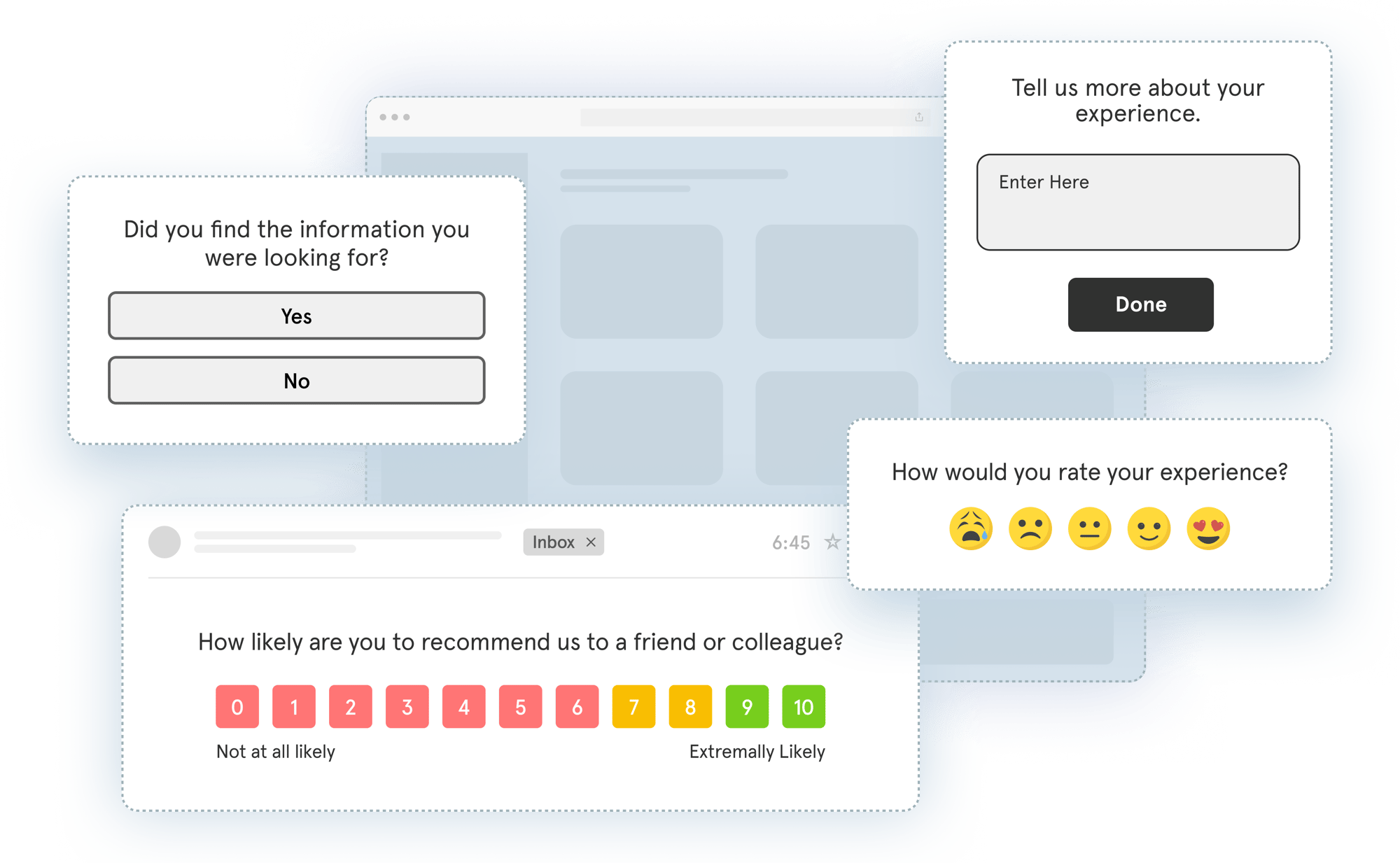


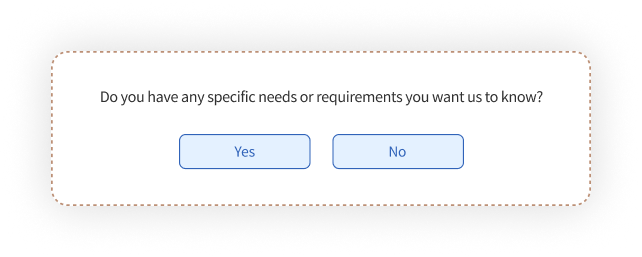
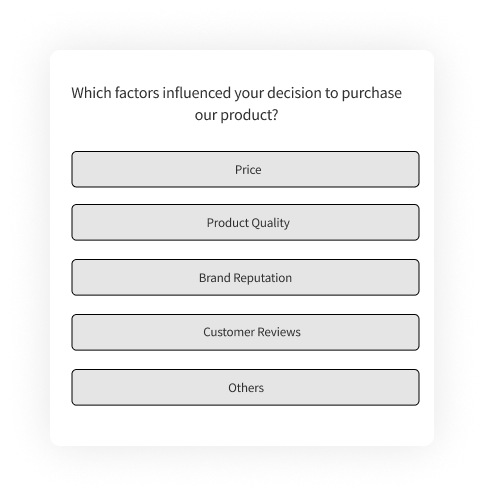
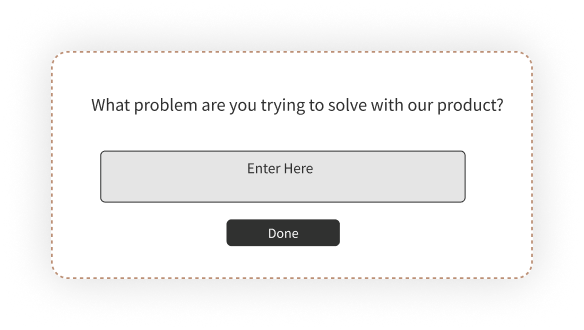

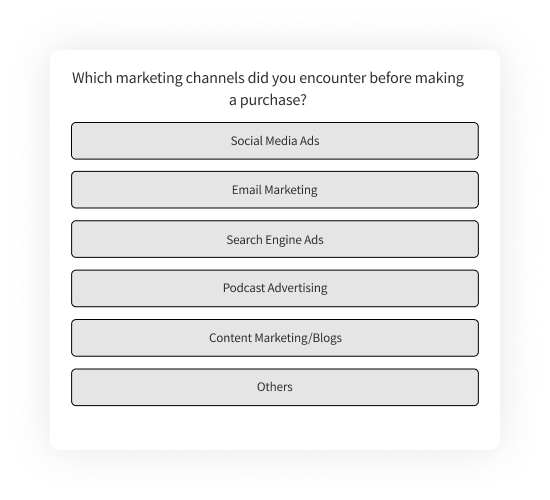
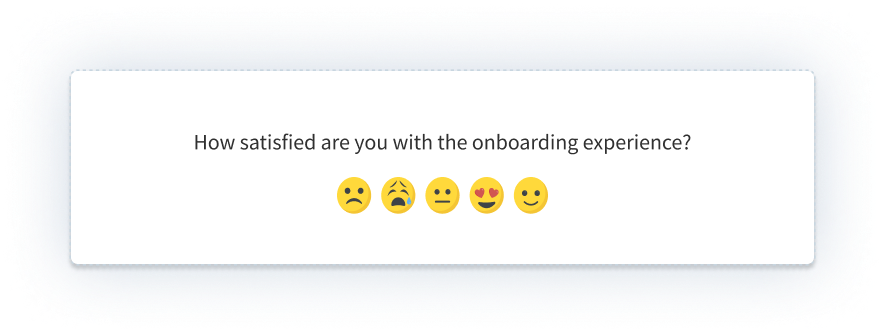
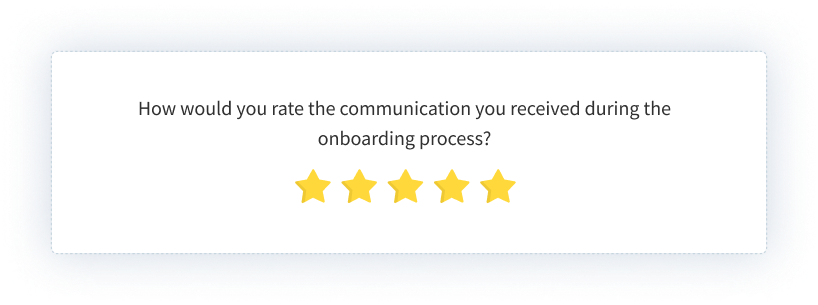
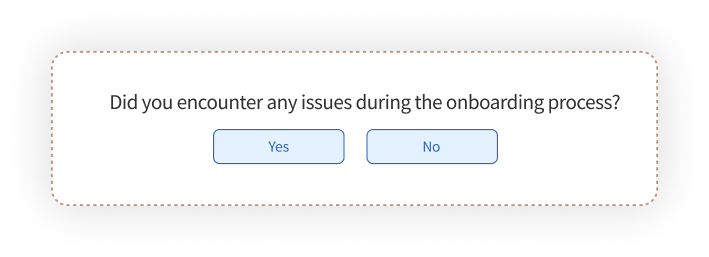
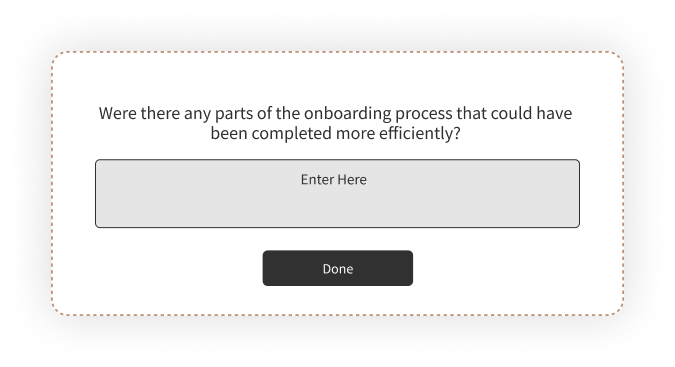
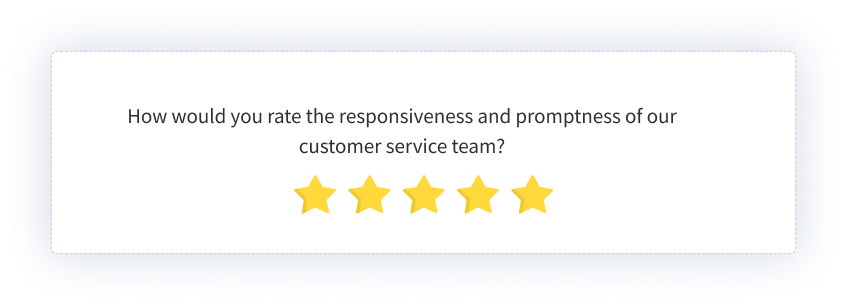
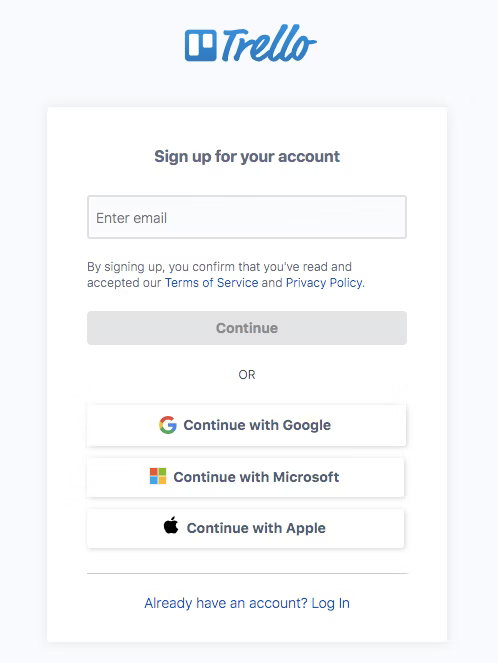
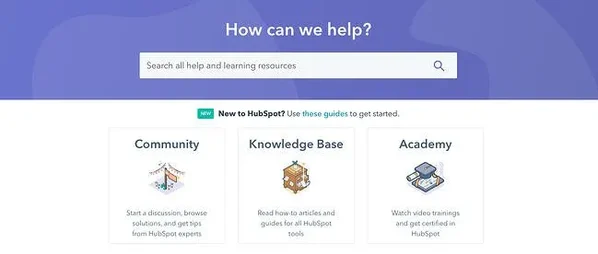
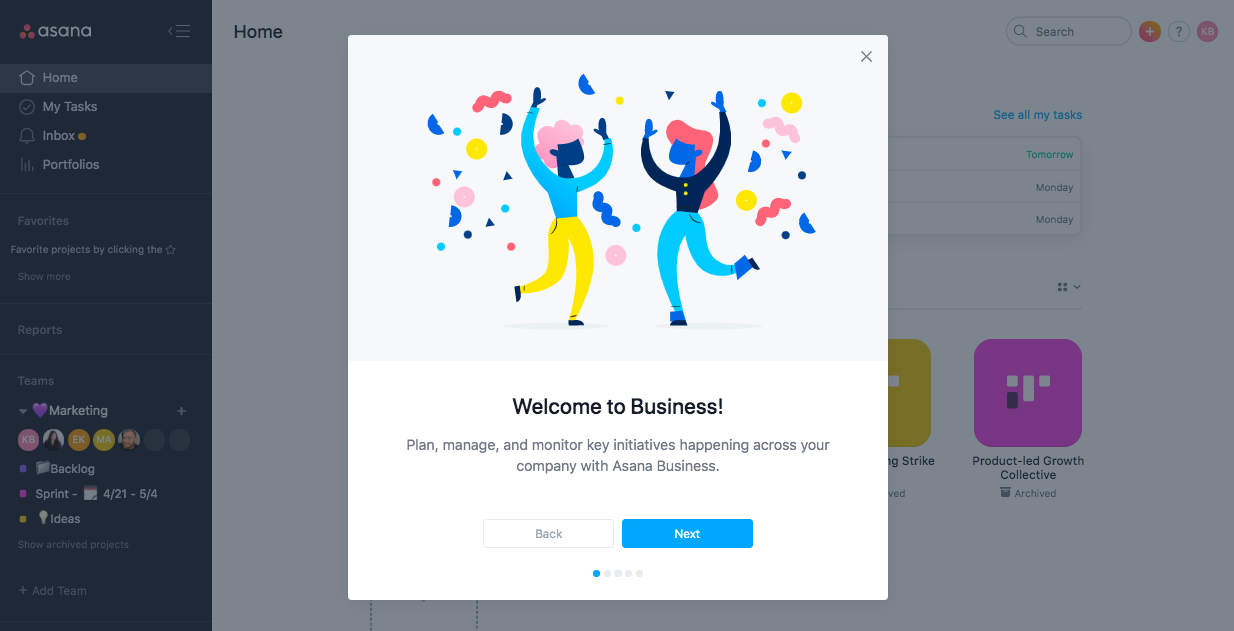

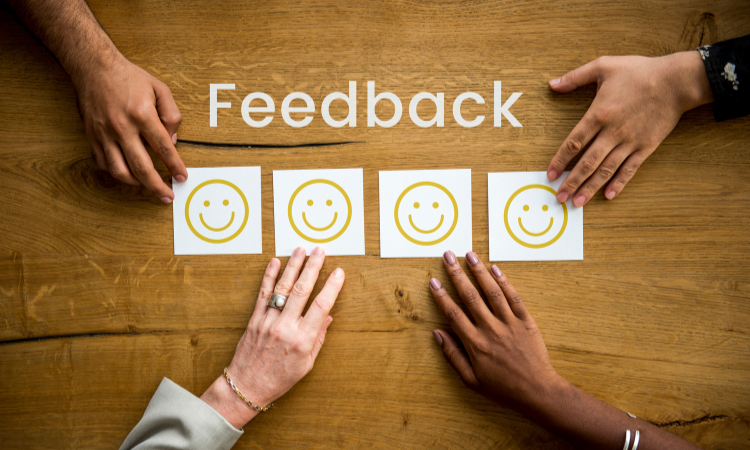

.jpg)

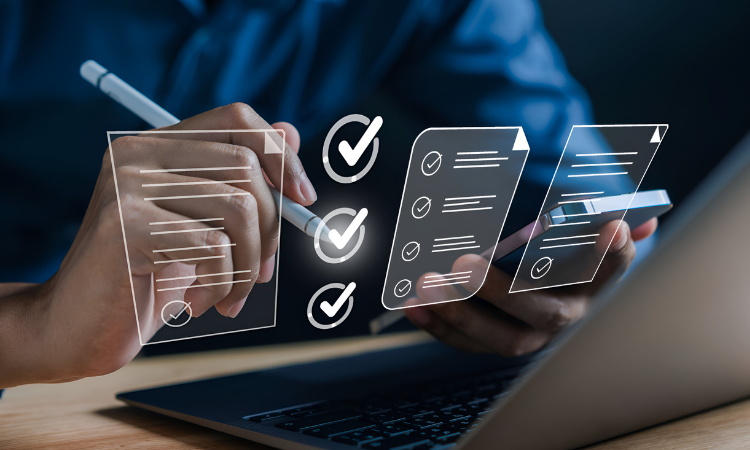


.png)

.jpg)